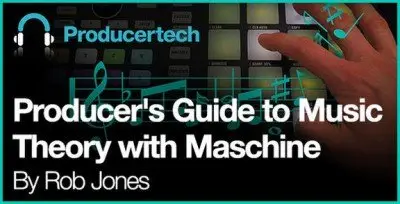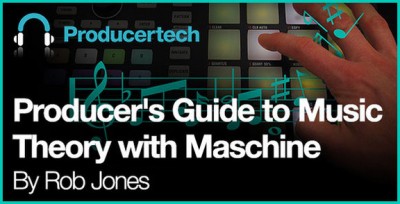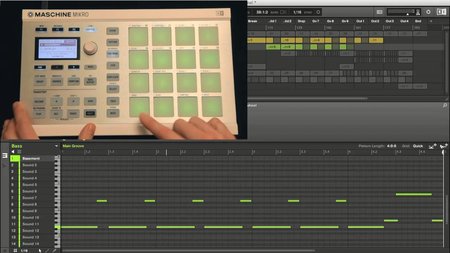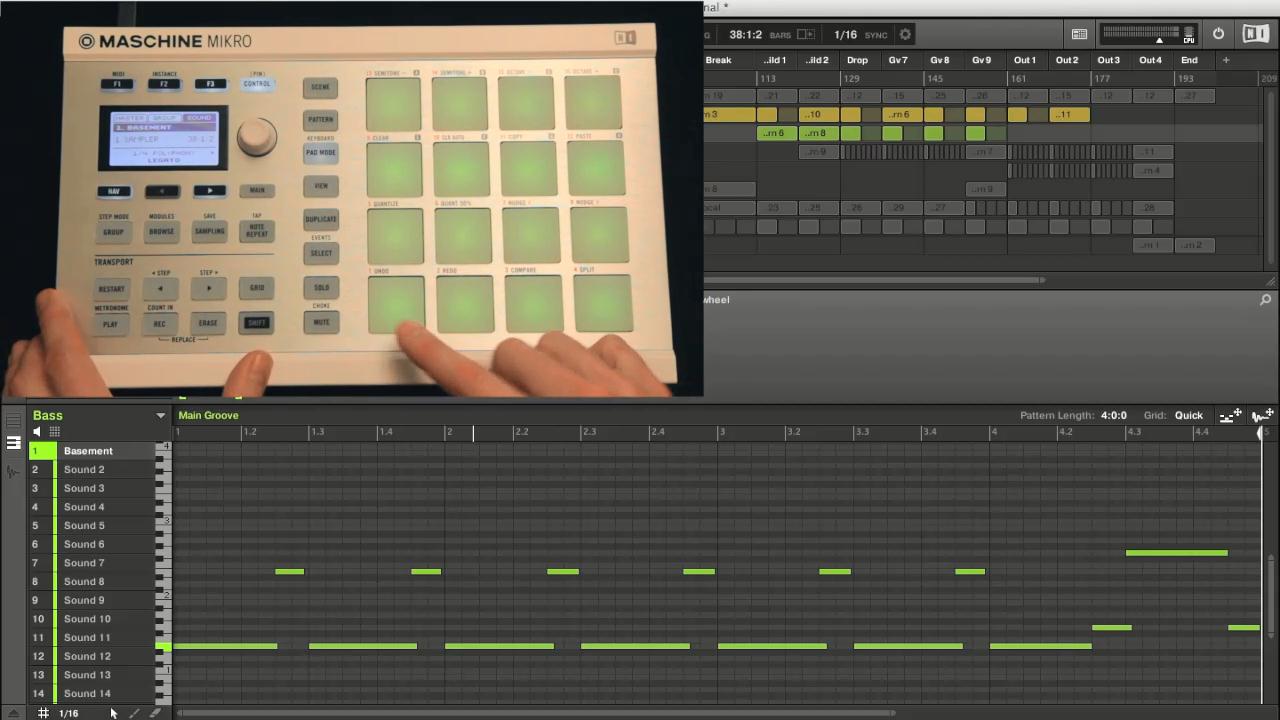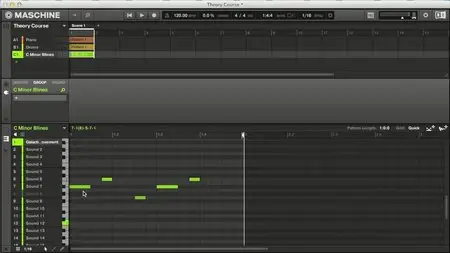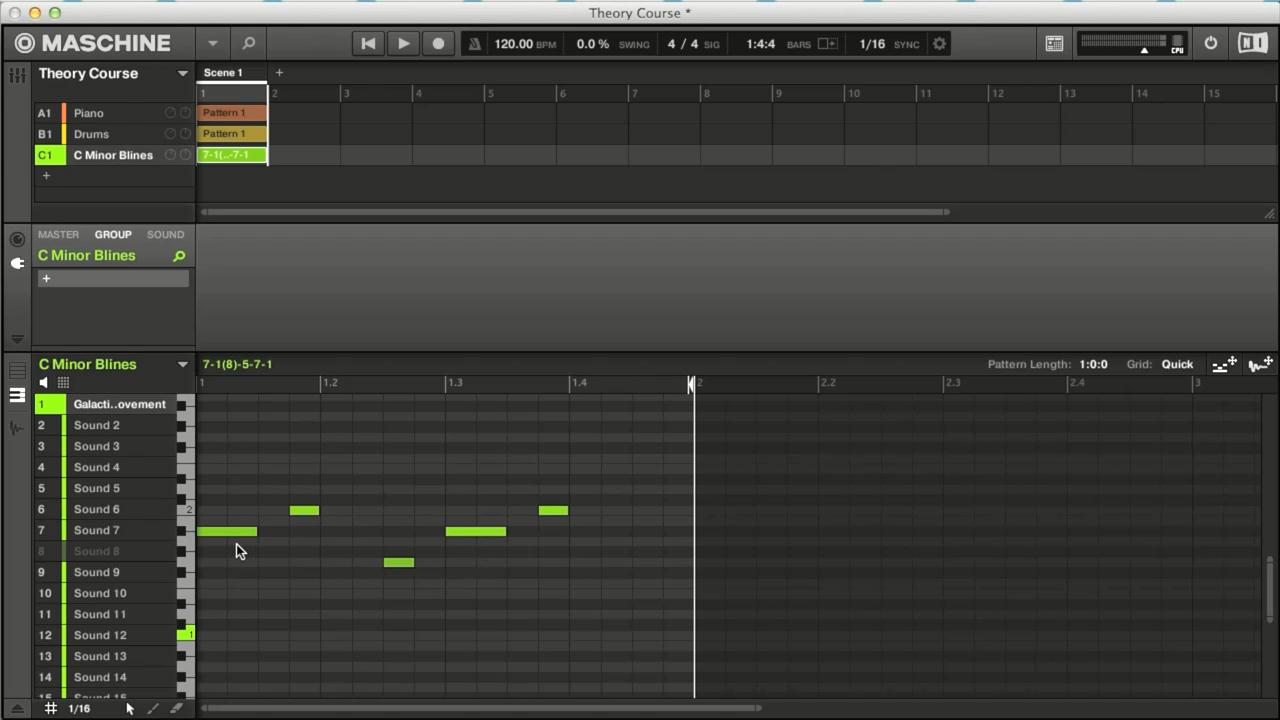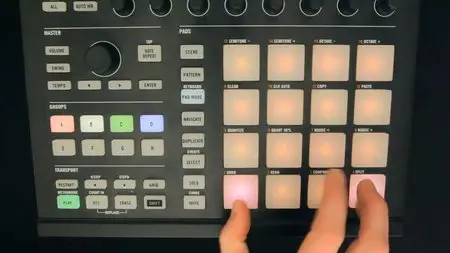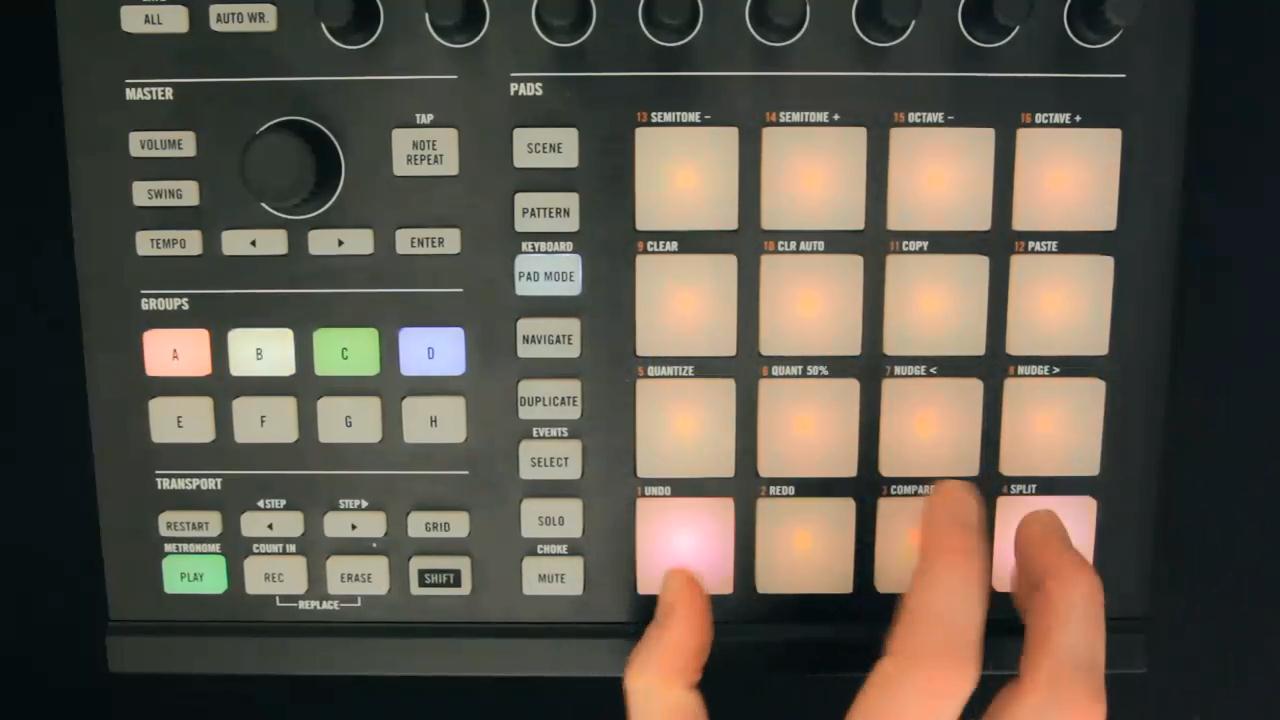Music-Courses - Producer's Guide to Music Theory with Maschine (2014)
FLV | AVC 594kbps | English | 1280x720 | 25fps | 1h 43mins | AAC stereo 118kbps | 640 MB
Genre: Video Training
If you own Maschine and feel you could do with a bit more knowledge on the theoretical side of music, to help you understand how to create basslines, chord sequences and other musical parts in a particular key, then this course is for you. Created by accomplished music producer and classically trained musician, Rob Jones, the course begins by explaining the principles of music theory, such as what the key of a song and major/minor scales are, before showing how that knowledge can be used to make melodies or riffs using various intervals and chords, in order to produce basslines, a main hook, lead or pad sound, to create the main groove or form the breakdown of a track. As well as showing many examples of all of the techniques taught, which are outlined in the written notes and saved into the Maschine project files that come with the course, there are also exercise projects, for practicing identifying keys and making basslines or chord sequences, to put your newly acquired skills to the test.
1. Module 1 - Key signature and Major/Minor Scales
After explaining what the key of a song means, there is a guide to the major and minor scales, showing what they are and how to play them with Maschine.
2. Module 2 - Creating Basslines in a Minor Key
This lesson teaches how to form basslines in a minor key, applying the knowledge from the previous lesson into a series of examples showing how to play a whole load of patterns, ranging in length and complexity.
3. Module 3 - Intervals
This lesson shows how cool accompaniment can be constructed purely by playing intervals from a particular scale, with each pattern creating a different mood and harmony.
4. Module 4 - Chords Part I
This lesson explains what chords are and many of the different types, from simple triads, to more complex jazzy chords, like sevenths and ninths. The principles are put into practice in an example project, by playing numerous different sustained and stabbed chord patterns over a bassline.
5. Module 5 - Chords Part II
This lesson extends the knowledge from the previous lesson, showing several examples of how to create longer and more complex chord progressions, that either stay in one key or modulate to other keys. These sequences compliment the main groove and also form the basis of an epic breakdown in one example.
6. Module 6 - Creating Melodic Accompaniment
This lesson shows how different melodic parts are conceived, in order to create all of the basic building blocks for a track. In addition to a bassline and main chord sequence, several arpeggiated lead parts are made, as well as a lush strings pattern.
7. Module 7 - Practice your skills!
This lesson gives a rundown of the practice projects that come with the course, providing an example to each of the exercises, which include identifying the key of a song from various musical parts, as well as creating basslines and chord sequences in various keys to form different harmonic sequences.
No mirrors please


